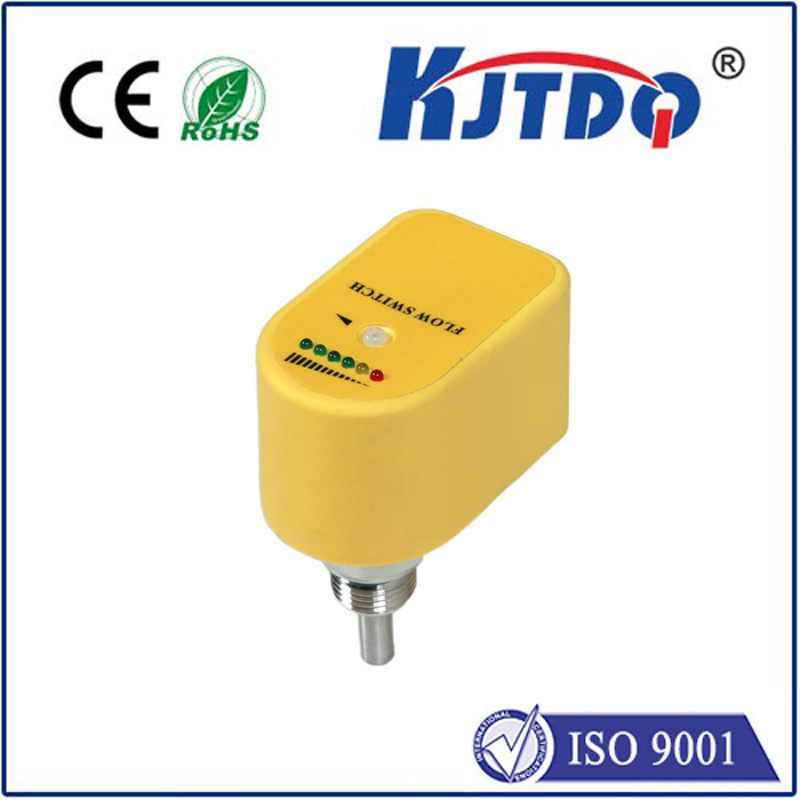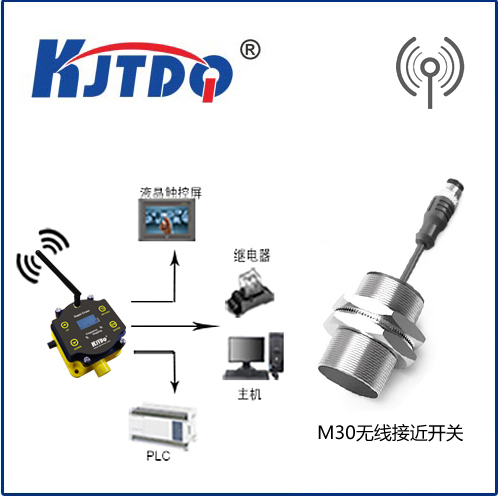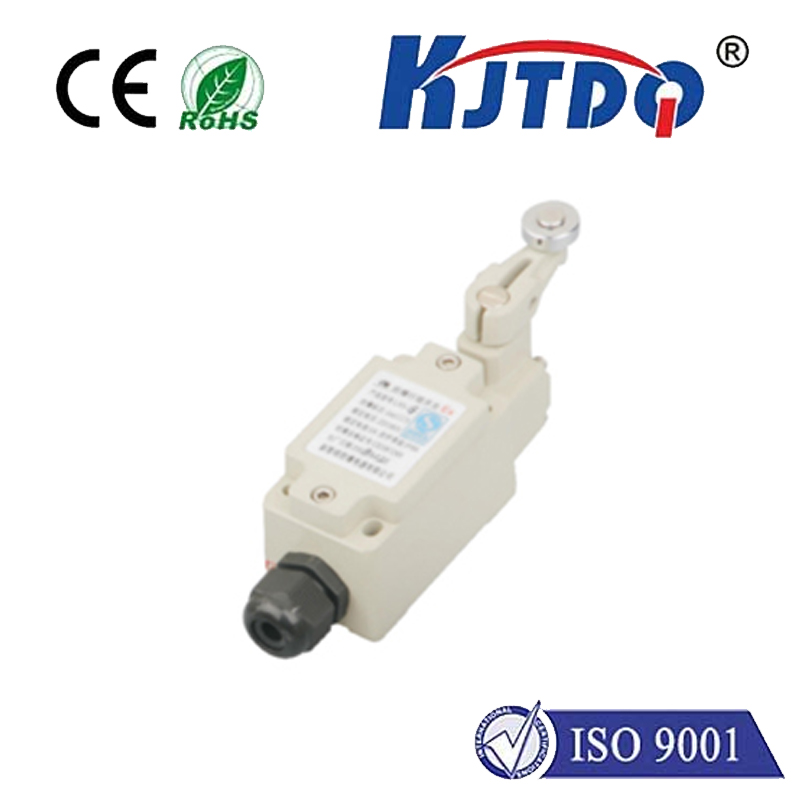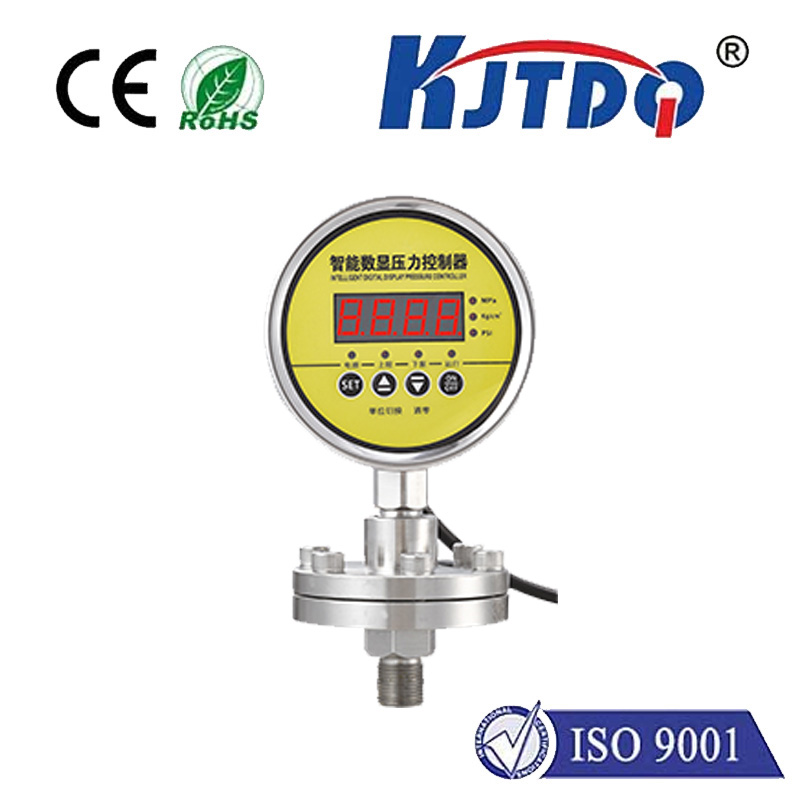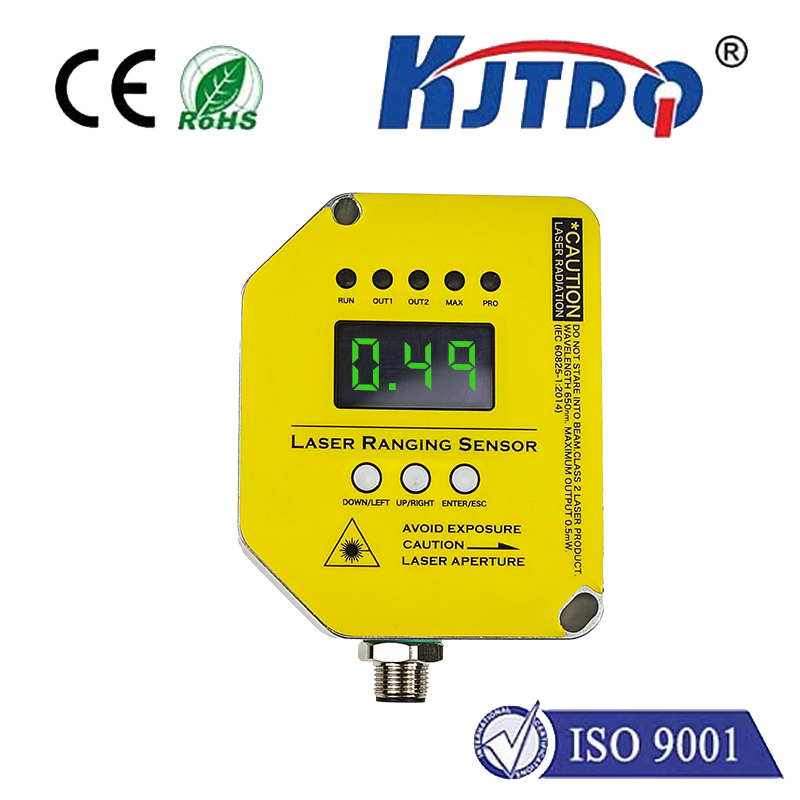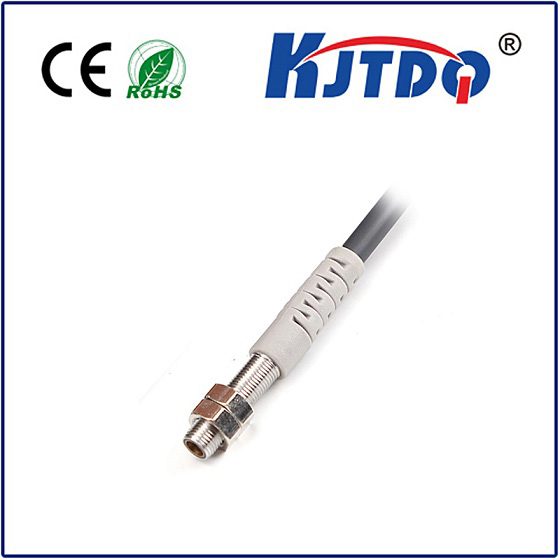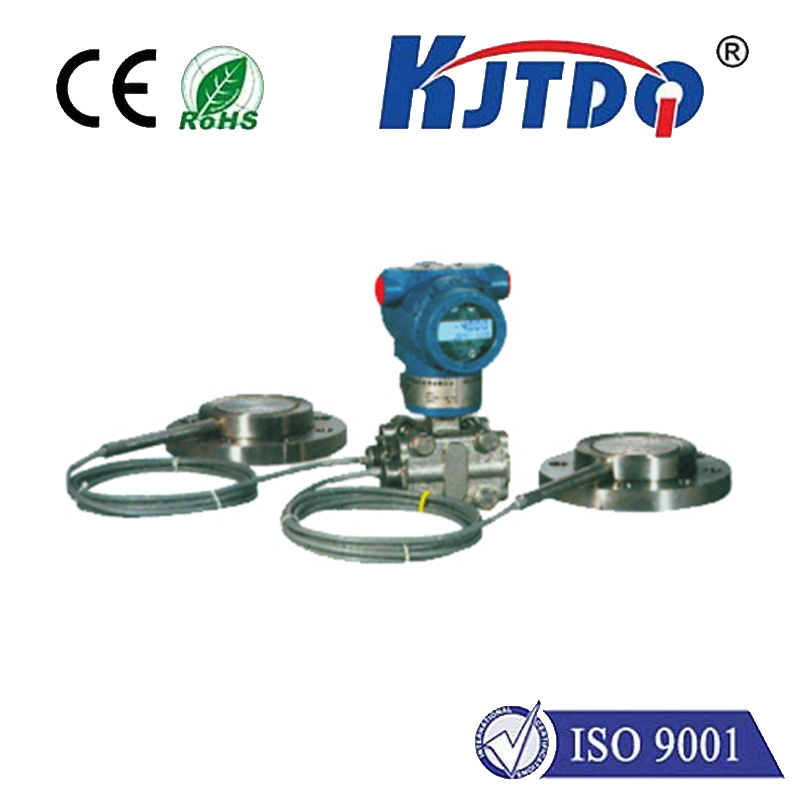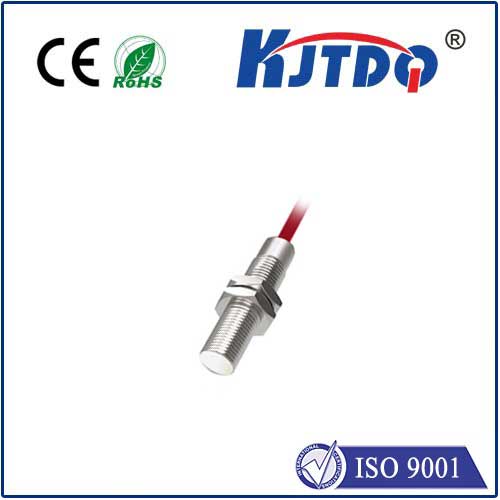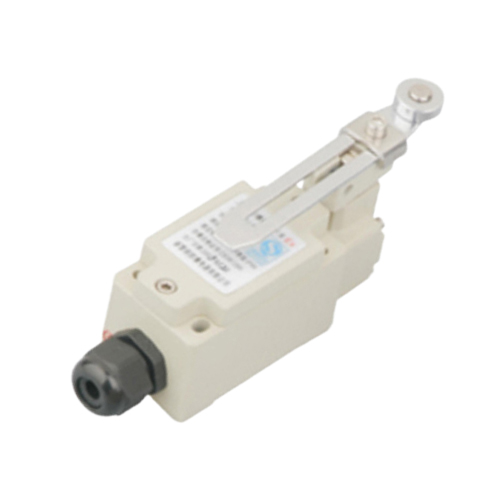

check

check

check

check

check

check

check

check

check

check
Introduction
Indoor navigation has been a long-standing challenge in the realm of smart homes and buildings. With the proliferation of sensors and the increasing sophistication of artificial intelligence, however, it is now possible to create proximity sensing systems that can greatly improve indoor navigation. These systems use a range of sensors to detect the presence of nearby objects and interpret that data to provide users with detailed information about their surroundings. This technology has the potential to revolutionize not only the way we navigate our homes and offices, but also how we interact with the space around us.
Section 1: The Science of Proximity Sensing
Proximity sensing systems rely on a variety of technologies to detect the presence of objects. One common approach is to use infrared (IR) sensors, which emit light rays that are reflected back when encountered by an object. Different types of IR sensors have different ranges and sensitivity levels, allowing designers to tailor the system for specific applications. Other sensors, such as ultrasonic or magnetic sensors, can also be used in proximity sensing systems. These sensors work by emitting sound waves or magnetism that are reflected or absorbed by nearby objects. By analyzing these signals, the system can determine the distance and position of nearby objects.
Section 2: Applications of Proximity Sensing Systems
Proximity sensing systems have a wide range of potential applications in various industries and sectors. In the context of smart homes and buildings, these systems can be used to enhance navigation and accessibility for people with disabilities or mobility impairments. They can also help to optimize energy usage by tracking user behavior and adjusting lighting and temperature settings accordingly. Additionally, proximity sensing systems can be used in security and safety applications, such as detecting intrusions or monitoring suspicious activities. In healthcare, these systems can be used to monitor patients' movements and vital signs, or to identify individuals who may be at risk of falling or other accidents.
Conclusion
Proximity sensing systems offer a powerful tool for improving indoor navigation and enhancing the user experience in a variety of settings. As research continues to advance this technology, it is likely that we will see even more innovative applications emerge in the future. By leveraging the power of sensors and artificial intelligence, proximity sensing systems have the potential to transform the way we interact with our environments and each other.
